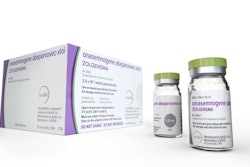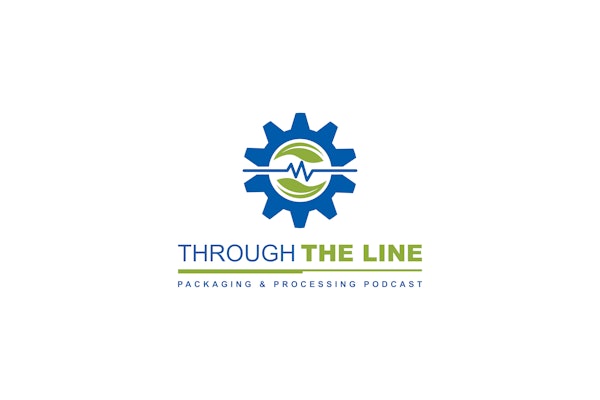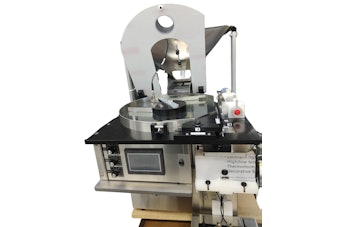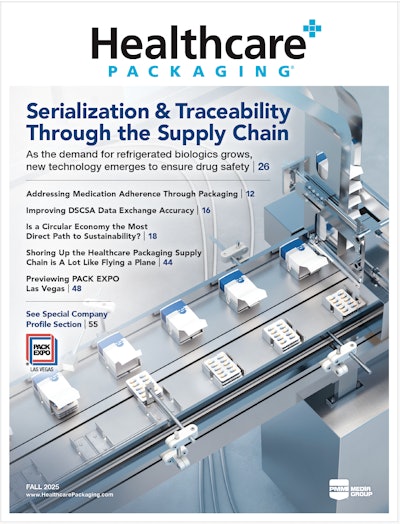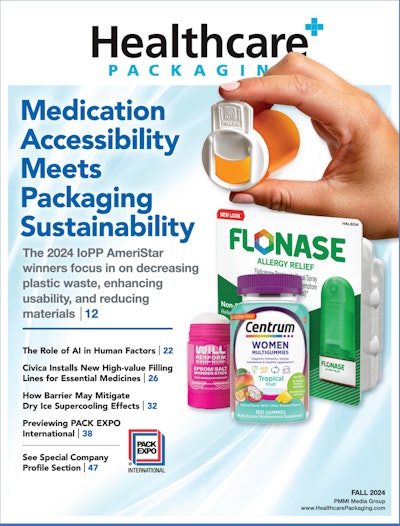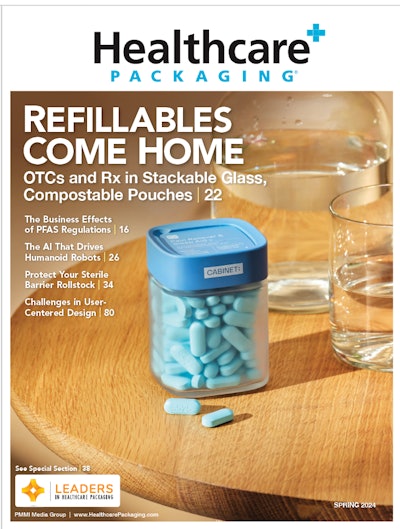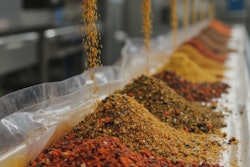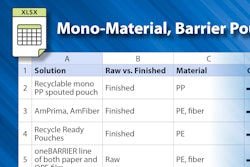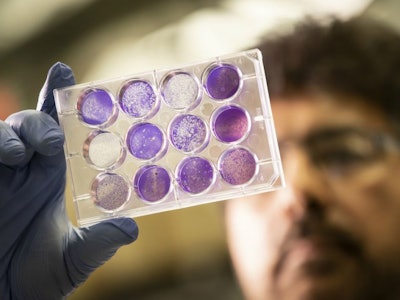
Maintaining consistent temperatures to preserve vaccines can be tedious, especially when in they’re in transit. A recent National Post article discussed a new method for preserving vaccines without refrigeration that could be a game changer for public health. A team of scientists at Canada’s McMaster University dried combined vaccines with a sugar solution and dried the mixture into a thin film. The result was stored at 40 C and maintained its integrity for months.
Inspiration for the strategy struck when one of the scientists was grocery shopping and encountered a dissolvable Listerine breath strip. She knew that sugars help protect the integrity of fragile biological molecules such as enzymes by holding them in place and keeping oxygen out. If the team is able to overcome regulatory obstacles, their sugar method could replace or be used in conjunction with traditional cold chain practices.




